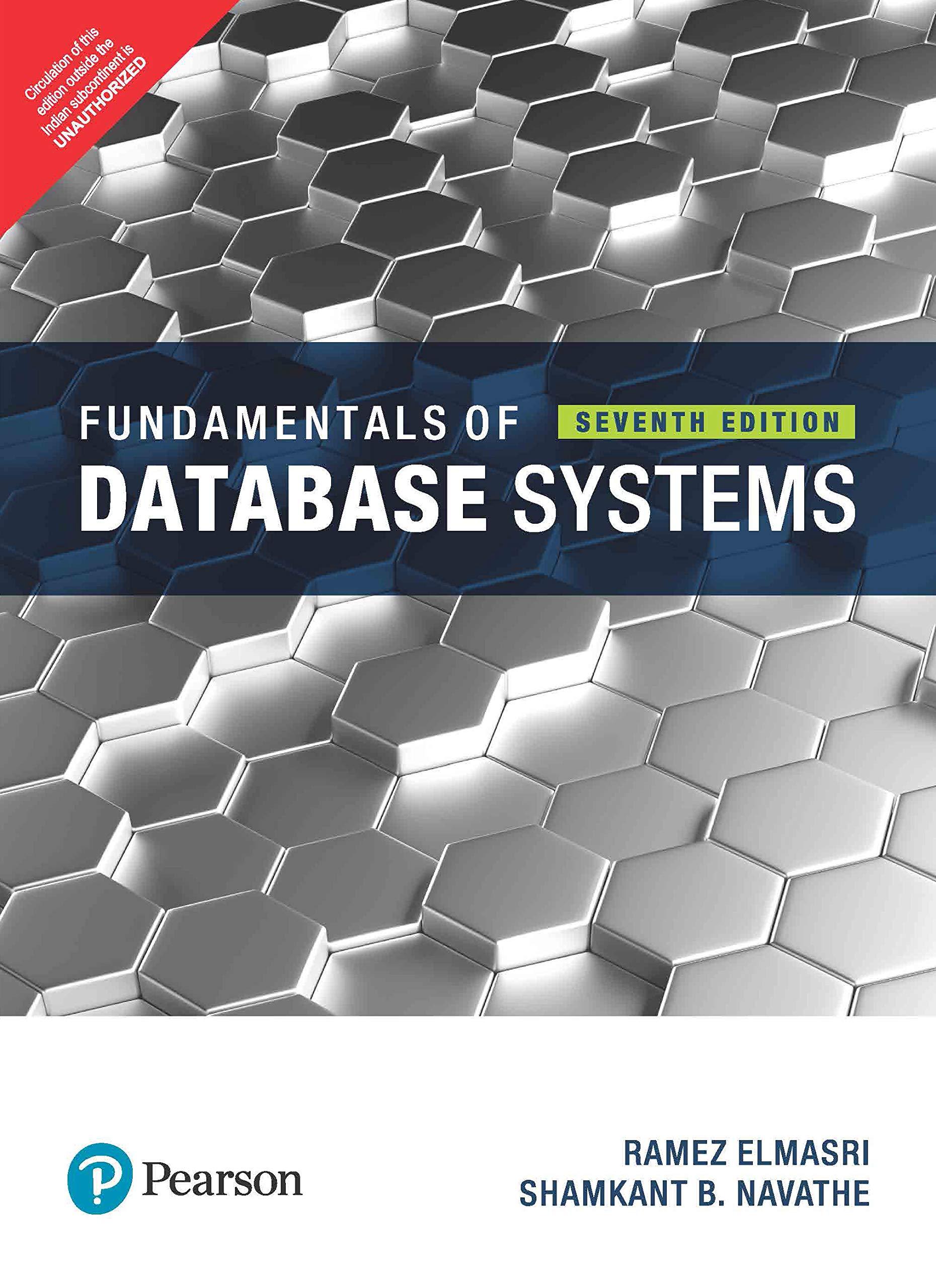Answered step by step
Verified Expert Solution
Question
1 Approved Answer
For each of the following hexadecimal arithmetic problems: i . convert the hex values to binary and then performing binary arithmetic to determine the 8
For each of the following hexadecimal arithmetic problems:
i convert the hex values to binary and then performing binary arithmetic to determine the bit result and the carryout
ii express the result without carryout as a hexadecimal using the common prefix, to represent hexadecimal values
iii. If carryout indicates an unsigned overflow, convert the values and bit result to decimal you can use a calculator for this conversion, but everything else should be done by hand and explain, using decimal values, why unsigned overflow occurred. Hints: for bit unsigned values, the valid range is to ; for addition, unsigned overflow is indicated by carryout but for subtraction unsigned overflow is indicated by carryout
If you do these problems correctly and manually as required, they can take some time. But please note that Problems & are specifically designed to help you see directly the critical role of signed and unsigned overflow.
a
p
Click or tap here to enter text.
b
Click or tap here to enter text.
c
Click or tap here to enter text.
d
Click or tap here to enter text.

Step by Step Solution
There are 3 Steps involved in it
Step: 1

Get Instant Access to Expert-Tailored Solutions
See step-by-step solutions with expert insights and AI powered tools for academic success
Step: 2

Step: 3

Ace Your Homework with AI
Get the answers you need in no time with our AI-driven, step-by-step assistance
Get Started


